SAFARI HOLIDAYS AND TOURS IN KENYA
Unforgettable Safari Adventures and Tours in Kenya
Choose the perfect 2025/2026 safari holiday to Kenya with Twinkle Star Tours, your trusted Kenya tour operator. Specializing in unforgettable Kenya safari tours and tailored Kenya vacation packages, we invite you to explore iconic wonders like the Maasai Mara’s Great Migration, Amboseli’s elephant herds beneath Mount Kilimanjaro, kenya beaches and Tsavo’s rugged landscapes. Our expert team crafts personalized Kenya safari itineraries that blend luxury, adventure, and authentic cultural experiences, ensuring every detail is seamless. Whether you seek thrilling game drives, serene sunsets, or exclusive lodges, let us design your dream Kenya safari. Discover Kenya’s wild beauty with a kenya tour operator dedicated to excellence.
Popular safari Packages in Kenya
Discover your next thrilling adventure with Twinkle Star Tours & Safaris. Explore diverse wildlife, venture on exhilarating adventures, and create unforgettable memories. View our curated selection of sought-after experiences in Kenya below. Tailor-made to fulfil your dreams, each journey promises unique wildlife encounters and breathtaking views of the Kenyan landscapes. Explore the best of what Kenya has to offer with Twinkle Star Tours & Safaris.
Things To Do in Kenya
Embark on a series of adventures and indulge in cultural encounters that reveal the essence of Kenya’s vibrant spirit. From next level safaris to immersive village tours, every moment promises discovery and connection. Traverse the waterways, travel across amazing plains, delve into ancient customs, and witness the wilderness in the sunlight—or even moonlight. Take a look at what you can get up to in Kenya and let’s get you creating memories that will last a lifetime.
Hot Air Balloon safari starts before dawn and the flight lasts an hour or so, drifting wherever the air currents take you, and with ample opportunities for photography and video filming. Upon landing on the ground, you are welcomed with a delicious Champagne breakfast and Travel to your lodge with a game drive en-route.
A visit to Maasai Village will give you a chance to witness the unspoiled long tradition and culture of the Masai people. They live in small houses called “Manyattas” which are normally built by women, only relying on the men to supply them with the necessary materials.
Boat rides form part of your safari which generates a mood of relaxation at the same time enjoying wildlife viewing. Lake Naivasha, Kenya, is the best spot for many animals as you experience a unique boat ride within the shore lakes. This is a beautiful freshwater lake, home to families of hippos and thousands of birds.
Most national parks do not offer night game drives but they can be conducted on the conservancies within the parks which needs to be booked and arranged early in advance. The best places in Kenya for the Night Game drive are Olpejeta Conservancy and some conservancy lodges/camps at Masai Mara National Reserve.
NATIONAL PARKS & RESERVES IN KENYA
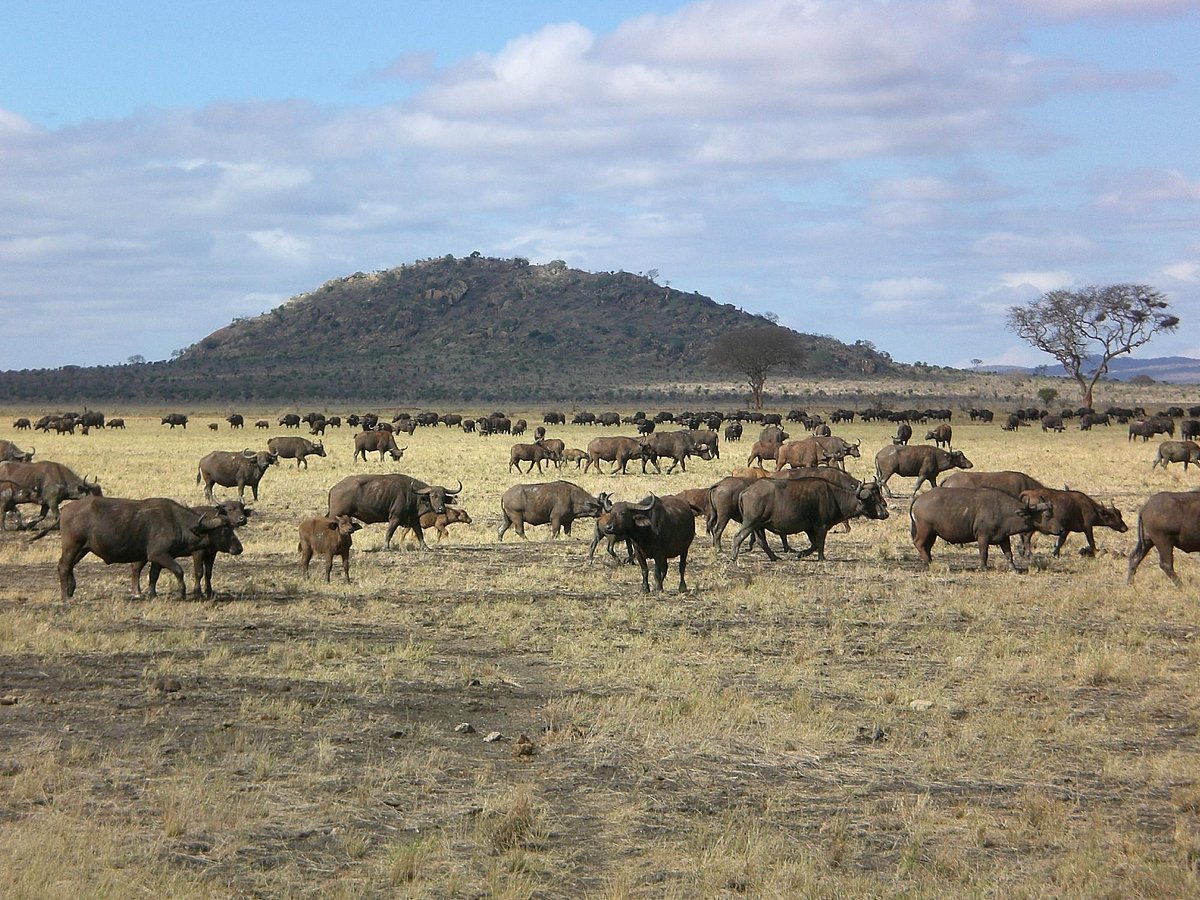
TSAVO EAST NATIONAL PARK
A vast wilderness teeming with wildlife, including the famous “red” elephants, and offering breathtaking landscapes and thrilling safari adventures.
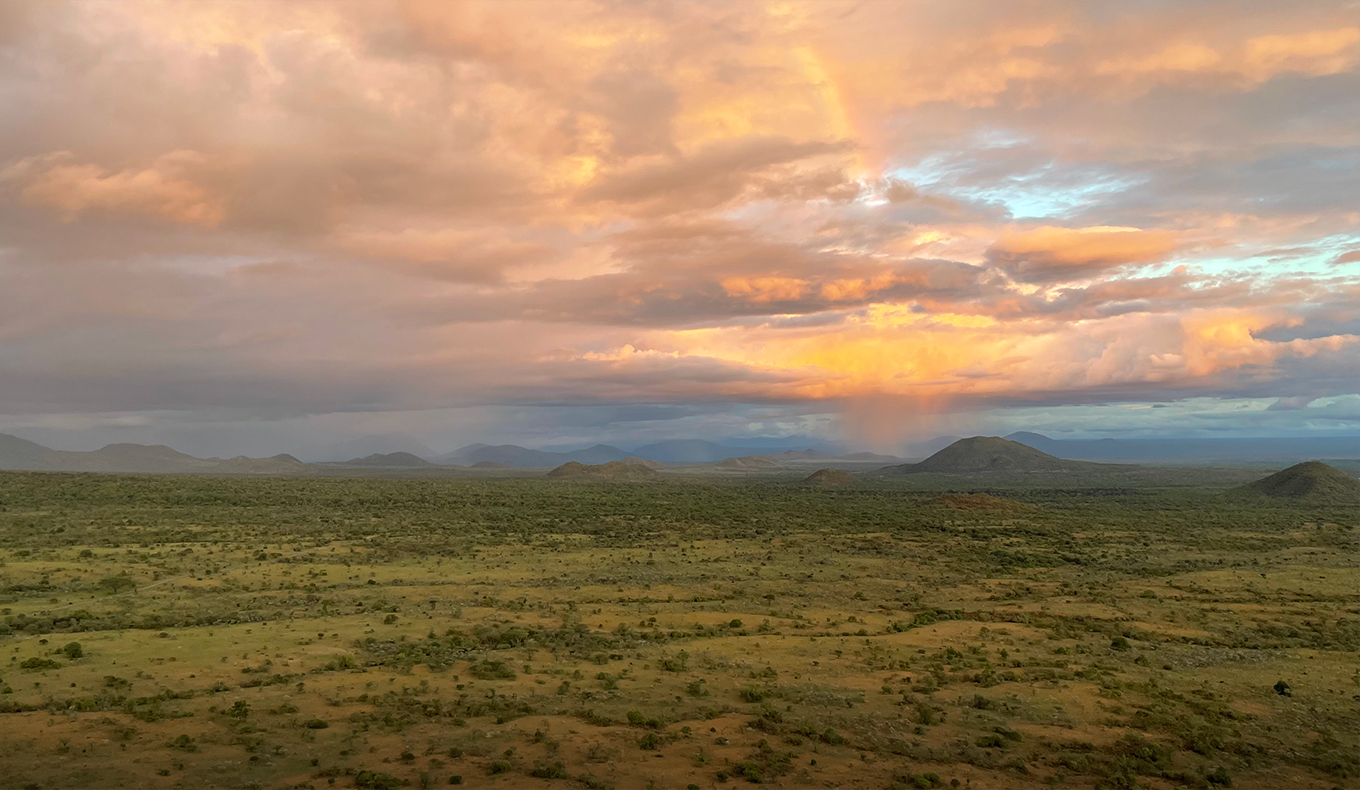
TSAVO WEST NATIONAL PARK
Home to the mesmerising Mzima Springs, Ngulia Rhino Sanctuary, and the Shetani lava flow, showcasing diverse landscapes and abundant wildlife.
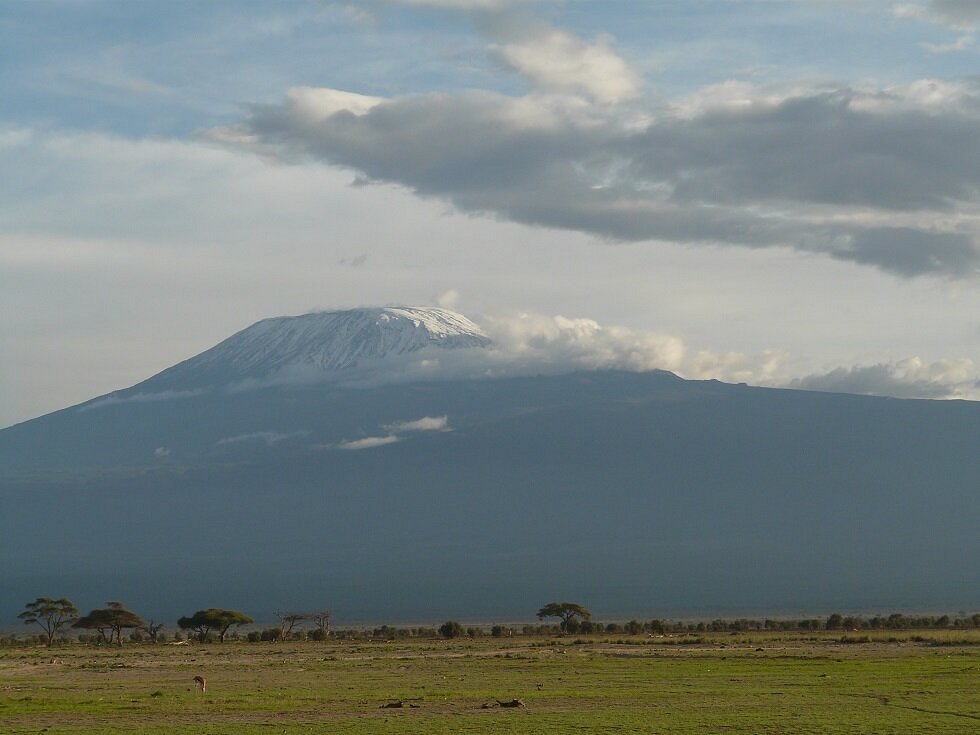
AMBOSELI NATIONAL PARK
Home to iconic views of Mount Kilimanjaro, vast herds of elephants, and diverse wildlife thriving in its unique ecosystem.
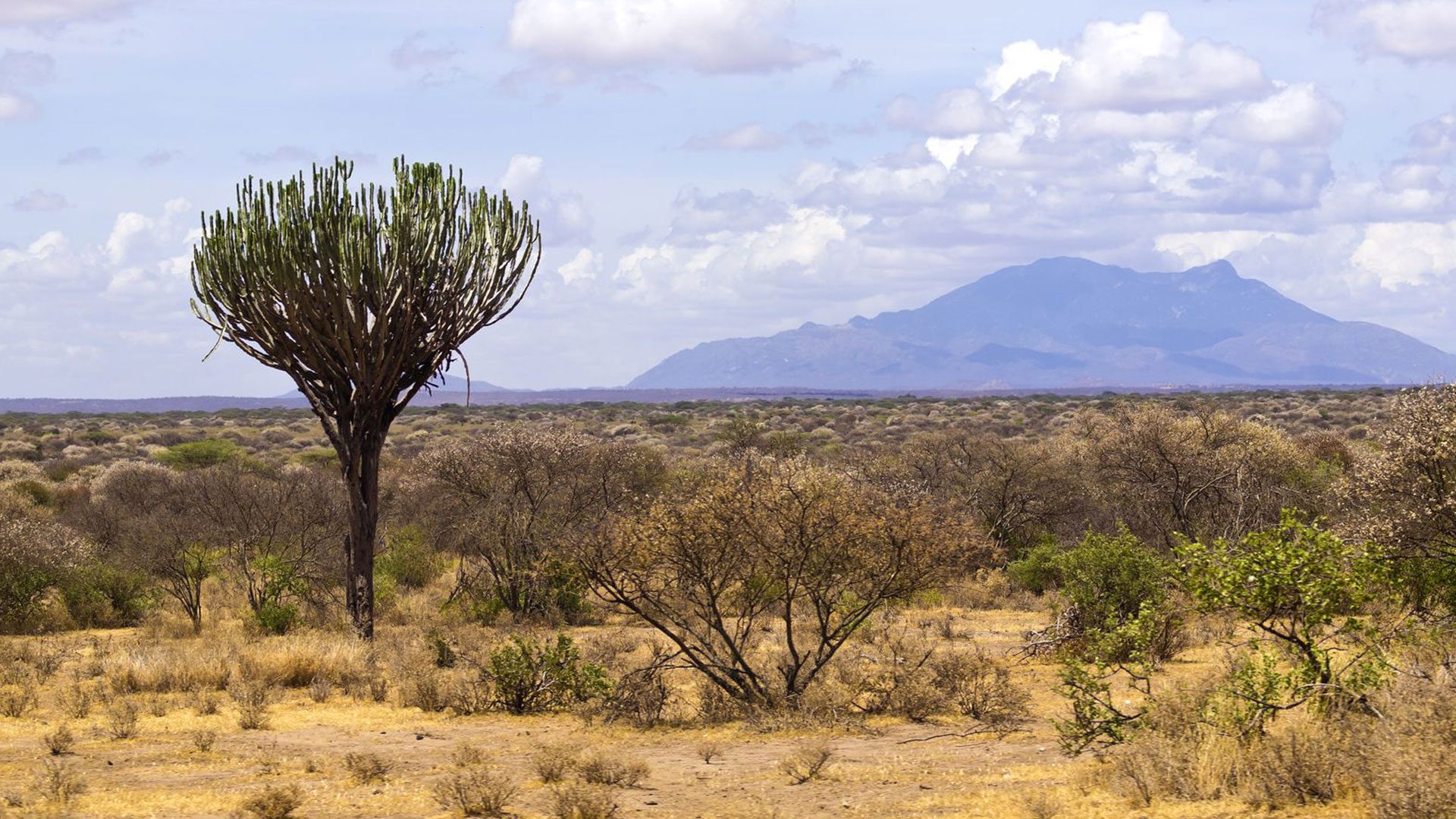
MERU NATIONAL PARK
Famous for its lush landscapes and diverse wildlife, including elephants, lions, and rare northern species like the reticulated giraffe.
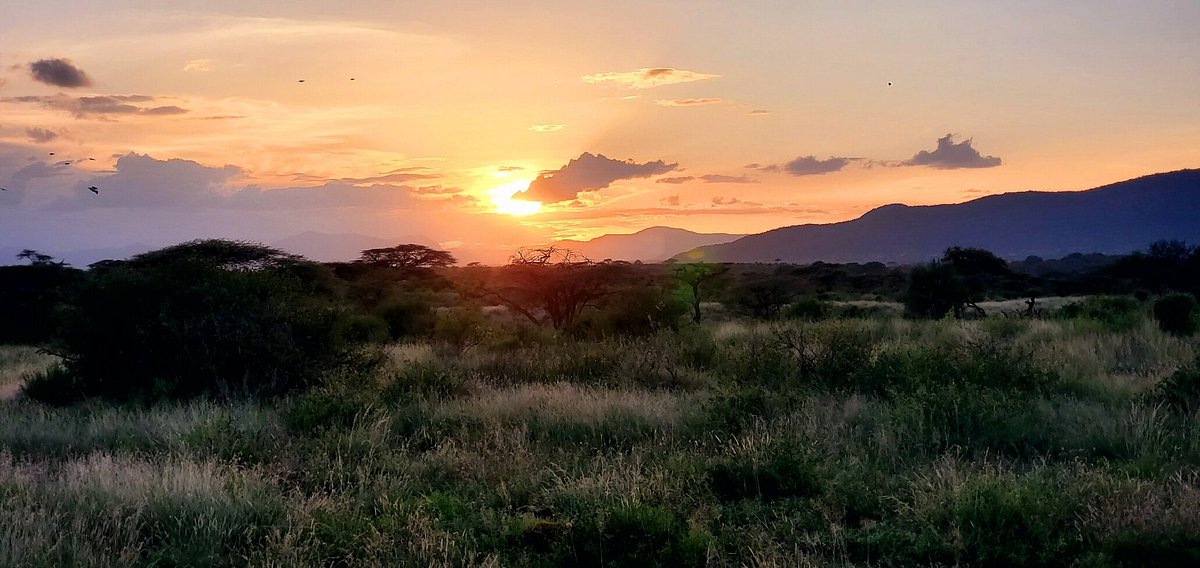
SAMBURU NATIONAL RESERVE
Home to diverse wildlife, captivating landscapes, and rich cultural experiences with the Samburu people amid Kenya’s rugged wilderness.
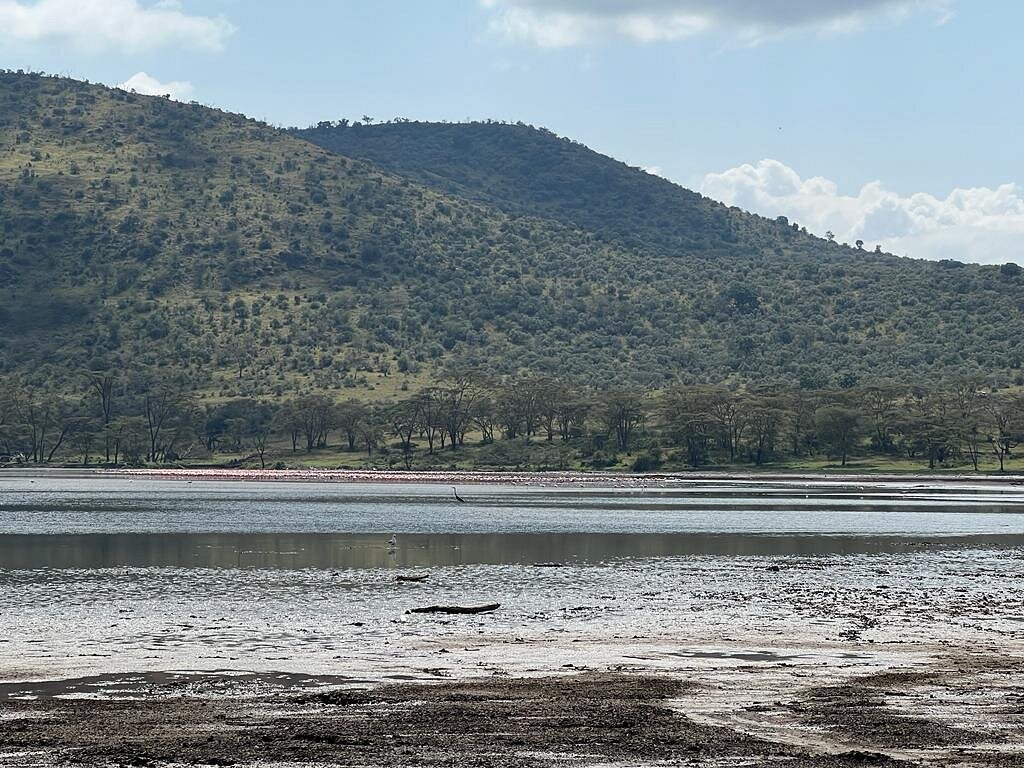
LAKE NAKURU NATIONAL PARK
Renowned for its vast soda lake, hosting flocks of flamingos, and its population of endangered rhinos.
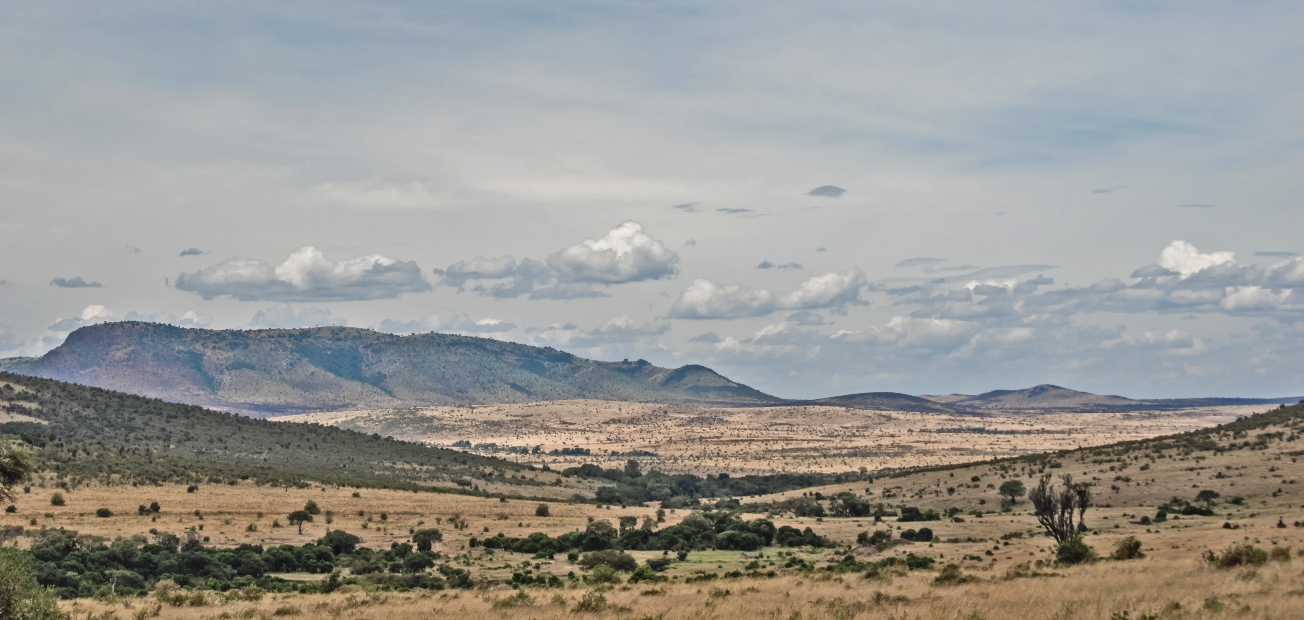
MASAI MARA NATIONAL RESERVE
World-renowned for the Great Migration, boasting a diverse range of wildlife, including the Big Five, amidst picturesque savannah landscapes.
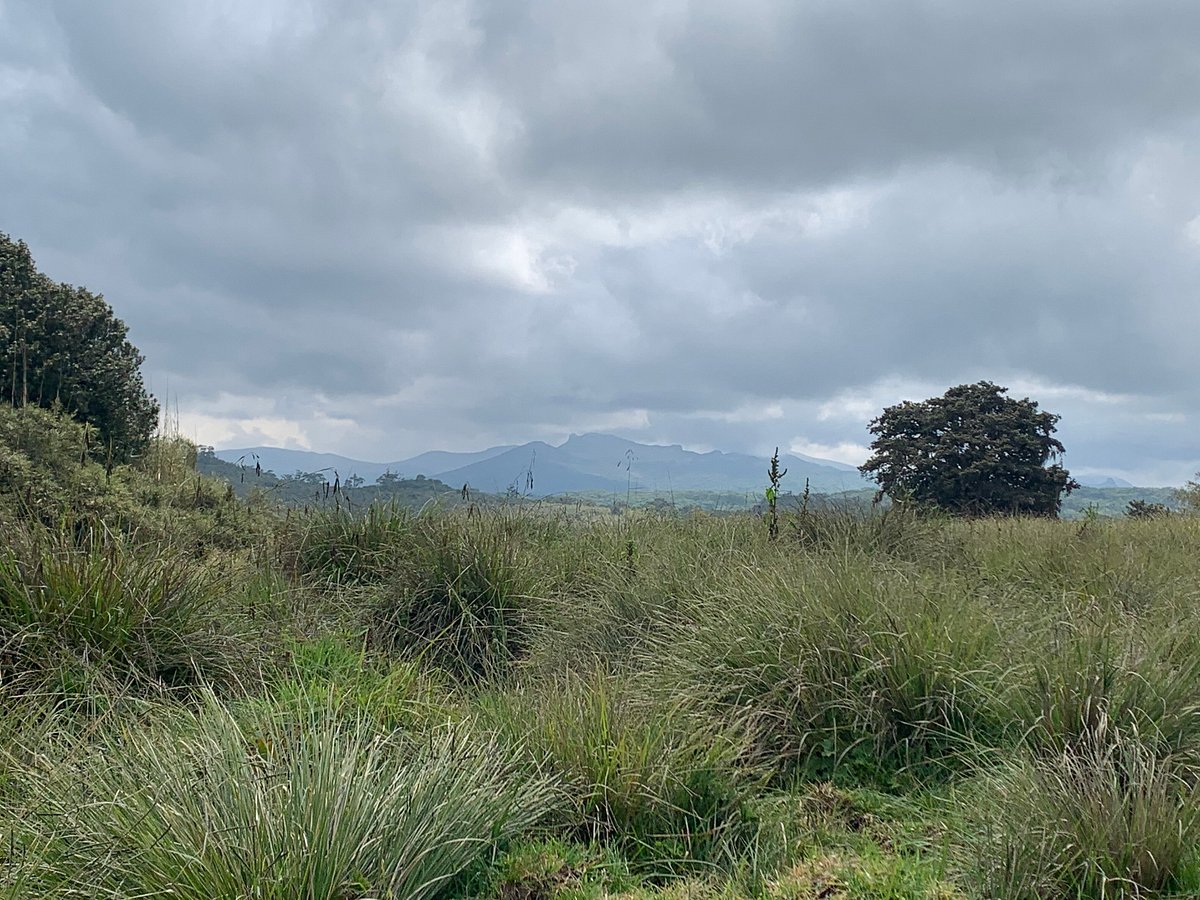
ABERDARE NATIONAL PARK
High altitude park created to protect the slopes and moorland of the Aberdare Mountains. Home to rhinos, elephants and black leopard.
TAILOR MAKE YOUR SAFARI TOUR PACKAGE
A tailormade tour with Twinkle Star Tours will put you in control of what you would like to do and experience in your safari to Africa. The above is just an indication of what an itinerary can be like.
Choose from an extensive list of safari accommodations to suit your needs, budget and style. Add on additional safari activities or choose from our range of day tours to make the perfect bespoke safari package tour.
Twinkle Star Tours take pride in making sure that your safari package is completely customisable. Receive a full breakdown itinerary via email containing everything in once place making your African journey smooth and easy.
To discuss any of our safari tours and packages or discuss any amendments you would like to make speak to our expert team who will be able to help make your safari dream a reality.
Frequently Asked Questions about Kenya Safaris
Kenya offers an incredibly diverse range of activities catering to every interest. The absolute highlight for many is experiencing the world-renowned game parks like the Masai Mara, Amboseli, and Tsavo, where you can witness the incredible wildlife in their natural habitat on thrilling game drives. Beyond the wild parks, you can visit heartwarming animal sanctuaries such as the Nairobi Animal Orphanage, The Sheldrick Wildlife Trust (SWT) for orphaned elephants, and the Giraffe Centre near Nairobi. For a different kind of wildlife encounter, Haller Park near Mombasa offers coastal forest trails and animal viewing. If you’re interested in vibrant city life, explore the bustling nightlife in areas like Nairobi, Nakuru, and Eldoret. To delve into Kenya’s rich cultural tapestry, consider visiting traditional Kenyan villages, particularly Maasai and Samburu villages, where you can learn about their ancient customs and way of life that has remained largely unchanged for centuries. For relaxation and marine adventures, the Kenyan coast is a paradise with stunning beaches in areas like Diani and Watamu, offering opportunities for snorkeling, diving, and exploring historic coastal towns like Mombasa. Other experiences include hiking Mount Kenya, exploring the Great Rift Valley, or simply soaking in the breathtaking landscapes that vary from savannahs to forests to coastlines.
Kenya is home to numerous iconic destinations that promise unforgettable experiences. The Masai Mara National Reserve is arguably the most famous, particularly for the Great Wildebeest Migration, and we offer specific Masai Mara packages to help you explore this incredible area. Amboseli National Park is known for its large elephant herds and stunning views of Mount Kilimanjaro. Tsavo (East and West) offers vast open plains and diverse wildlife. For a blend of history, culture, and beautiful beaches, the coastal city of Mombasa and surrounding towns like Diani and Watamu are must-visits. Adventurous travelers can challenge themselves by hiking Mount Kenya, Africa’s second-highest peak. For cultural immersion, guided trips to Maasai and Samburu villages provide a unique opportunity for cultural exchange and understanding traditional lifestyles. Other epic places include Lake Nakuru National Park, famous for its flamingos and rhinos, Lake Naivasha for boat trips and walking safaris, and Samburu National Reserve for unique northern species.
Kenya is blessed with spectacular natural attractions. The most famous is undoubtedly the Great Wildebeest Migration, a natural spectacle where millions of wildebeest, zebras, and gazelles traverse the Serengeti-Mara ecosystem in search of greener pastures. Mount Kenya, an extinct volcano, stands as Africa’s second-highest mountain and offers challenging climbs and stunning alpine scenery. Kenya is also a crucial country for rhino conservation, hosting the largest rhino sanctuary in East Africa at Solio Conservancy, as well as significant rhino populations in other parks like Lake Nakuru and Ol Pejeta Conservancy. The dramatic landscapes of the Great Rift Valley, with its escarpments, lakes (like Nakuru, Naivasha, and Bogoria), and geothermal features, are a natural wonder. Other attractions include the coastal coral reefs teeming with marine life, the diverse forests like the Aberdare Range, and the semi-arid landscapes of the north.
The best time for safari in Kenya largely depends on what you want to see and experience, as well as your budget. Generally, the long dry season from July to October is considered the best time to go on safari in Kenya. During this period, wildlife is easier to spot as vegetation is sparse and animals congregate around water sources. This is also the time of the Great Wildebeest Migration in the Masai Mara (typically peaking around August-September). The short dry season in January and February is also excellent for wildlife viewing.
The shoulder seasons (March-May and November-December) can offer good value with fewer crowds, although these are the wet seasons. Rains are often short showers, and the landscape is lush and green, which is great for photography, especially for birdlife.
For budget travelers, the low season (April-May) often sees lower prices for accommodation and tours, though some lodges might close, and road conditions can be challenging.
Choosing the right clothing for a Kenya safari is important for comfort, safety, and cultural respect. In the national parks and reserves, opt for neutral, earthy colours like khaki, brown, olive, and grey. Bright colours are discouraged as they can potentially scare animals. Lightweight, breathable fabrics like cotton are ideal. Layers are essential as temperatures can vary throughout the day, mornings and evenings can be cool, while midday is often hot. Long sleeves and trousers are recommended for protection from the sun and insects, especially in the evenings.
When visiting towns and villages, it’s important to dress modestly out of respect for local culture. Shoulders and knees should ideally be covered, particularly when visiting religious sites. Avoid overly revealing clothing.
Essential items include comfortable walking shoes or boots, a wide-brimmed hat for sun protection, and a light jacket or fleece for cooler times.
The cost of a Kenya safari varies significantly depending on numerous factors. These include:
Travel Style- Group tours are generally less expensive per person than private or solo travel.
Accommodation- Costs range from budget camping and basic lodges to mid-range options and luxurious high-end camps and hotels. Luxury safaris can cost several hundred to thousands of dollars per person per night.
Season- Traveling during the peak dry season (July-October) is typically more expensive than the shoulder or low seasons.
Transportation- Traveling by road is usually more budget-friendly than taking internal flights between parks, which saves time but adds cost.
Duration- The longer your safari, the higher the total cost will be.
Areas Visited- Some parks have higher entrance fees than others, and travel costs between parks can vary. On average, a mid-range safari can range from $200 to $500 per person per day, while budget options might be lower and luxury significantly higher. It’s best to get a custom quote from us based on your specific preferences.
Packing smart will enhance your Kenya safari experience. Besides the recommended kenya safari clothes (neutral colours, layers), essential items include:
Accessories- Binoculars are crucial for spotting distant wildlife. A good quality camera with extra batteries/memory cards is a must for capturing memories.
Health & Safety- High SPF sunscreen, insect repellent, personal medications, and a basic first-aid kit are vital.
Documents & Money- Your passport, visa (if required), flight tickets, and travel insurance details. Carry some cash in Kenyan Shillings for smaller purchases and tipping, although credit cards are accepted in many lodges and shops.
Comfort Items- A reusable water bottle, a small backpack for day trips, a universal travel adapter, and a headlamp or small flashlight.
Optional- A good book for downtime, a journal, and perhaps a small wildlife guide book. But this is not necessary because you wont even have time for all that, kenya is full of endless fun and things to do where you even need a whole 2 months before you experience it all.
Tipping on a Kenya safari is customary, particularly for guides, drivers, and lodge staff, but it is always optional and should reflect your satisfaction with the service. There isn’t a strict rule, and the amount can depend on the length of your safari, the level of service, and your budget. A commonly suggested figure for a safari guide/driver is around $10-20 per person per day. For excellent service over a multi-day safari, some guests choose to give a lump sum at the end, for example, around $50 per person or more depending on the duration and group size. Lodge staff often have a communal tip box, and a suggested amount is around $5-10 per guest per day. Ultimately, tip what you feel is appropriate and affordable for you.
Yes, generally it is safe for Americans to travel to Kenya. Millions of tourists visit Kenya each year without incident, and the country is a popular and welcoming destination. Like any country, it has areas and situations to be aware of. It’s advisable to take standard precautions, such as avoiding displaying valuable items, being aware of your surroundings, and not walking alone in unfamiliar areas at night, particularly in large cities. Safari areas are generally very safe, with guides and lodge staff prioritizing your security. It’s recommended to stay informed about current travel advisories from your government and to register your trip details with your embassy. Using reputable tour operators like Twinkle Star Tours and Safaris also adds an extra layer of safety and expertise to your trip.
If you wish to visit both Kenya and Tanzania, timing is key to maximizing your experience, especially if you want to witness the Great Wildebeest Migration.
For Kenya, the best time for wildlife viewing is generally the dry seasons (July-October and January-February).
For Tanzania, the dry seasons (June-October and January-February) are also excellent for wildlife. The migration is typically in the Serengeti from December to July, before moving north into the Masai Mara. To visit both countries to follow the Great Migration, the prime time is typically from July to October. During these months, the migration is often in the northern Serengeti and the Masai Mara, making it possible to see this incredible event in both countries on a single trip. However, wildlife viewing is excellent in many parks in both countries year-round; the best time depends on your specific interests beyond the migration. The two countries offer way more than wildlife viewing.
For the most accurate and up-to-date information on required and recommended vaccines for traveling to Kenya, it is best to consult official sources. You should refer to the Kenyan Ministry of Health website https://www.health.go.ke/ or the official Kenya visa website Kenya Electronic Travel Authorization (ETA) which provide comprehensive health information and entry requirements, including details on vaccinations and malaria precautions. Additionally, consulting with your doctor or a travel clinic well in advance of your trip is highly recommended, as they can provide personalized advice based on your medical history and the specific areas in Kenya you plan to visit.
